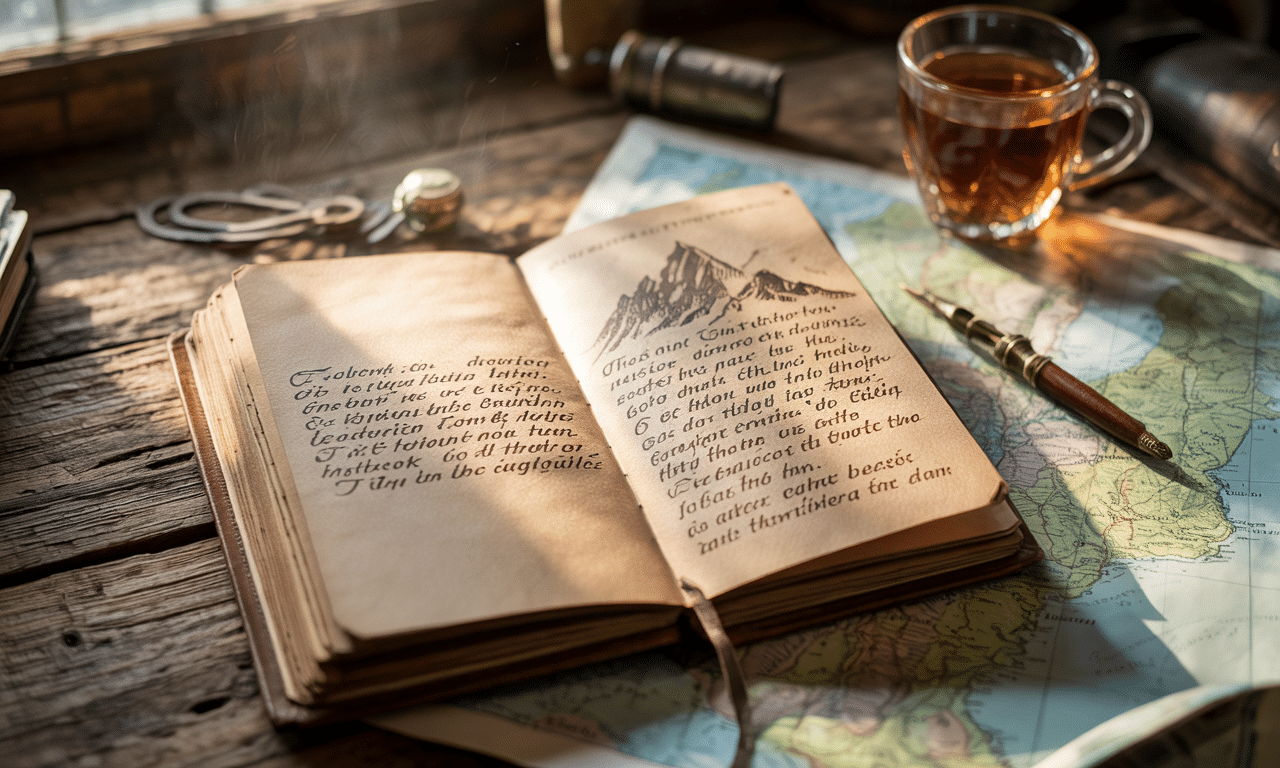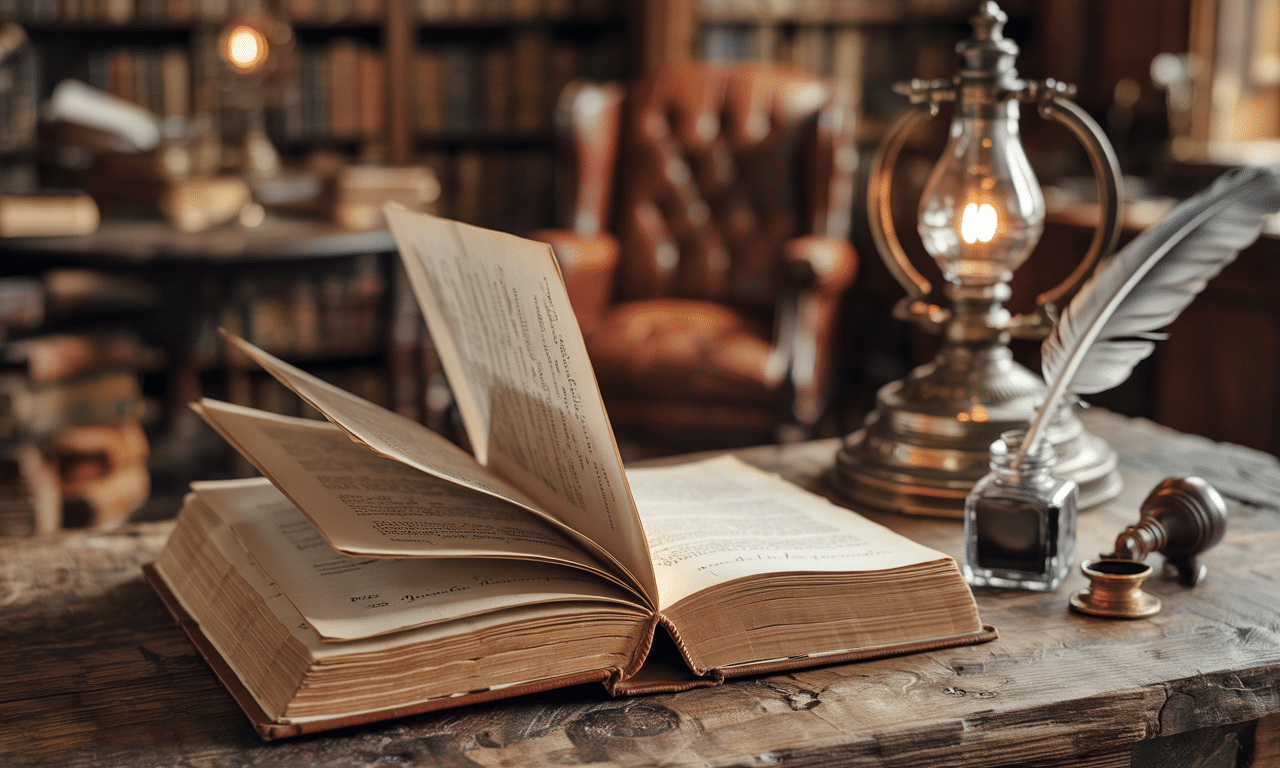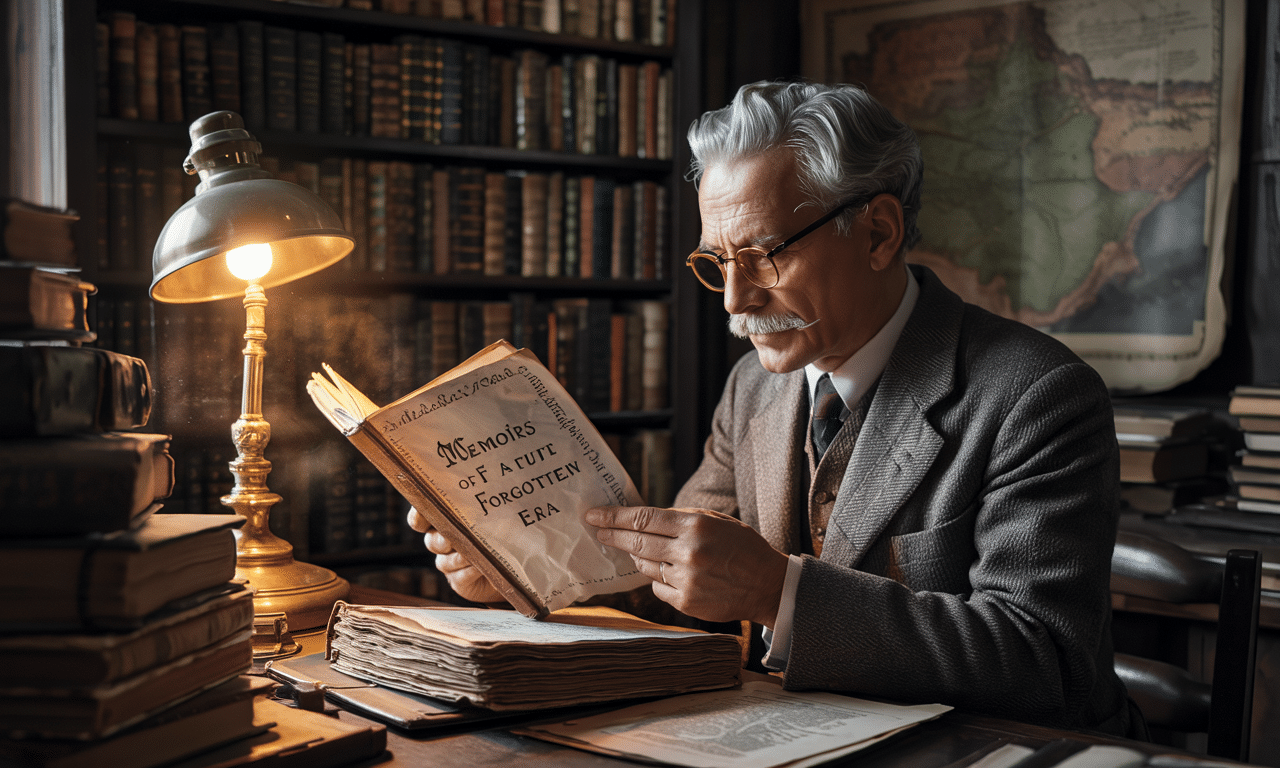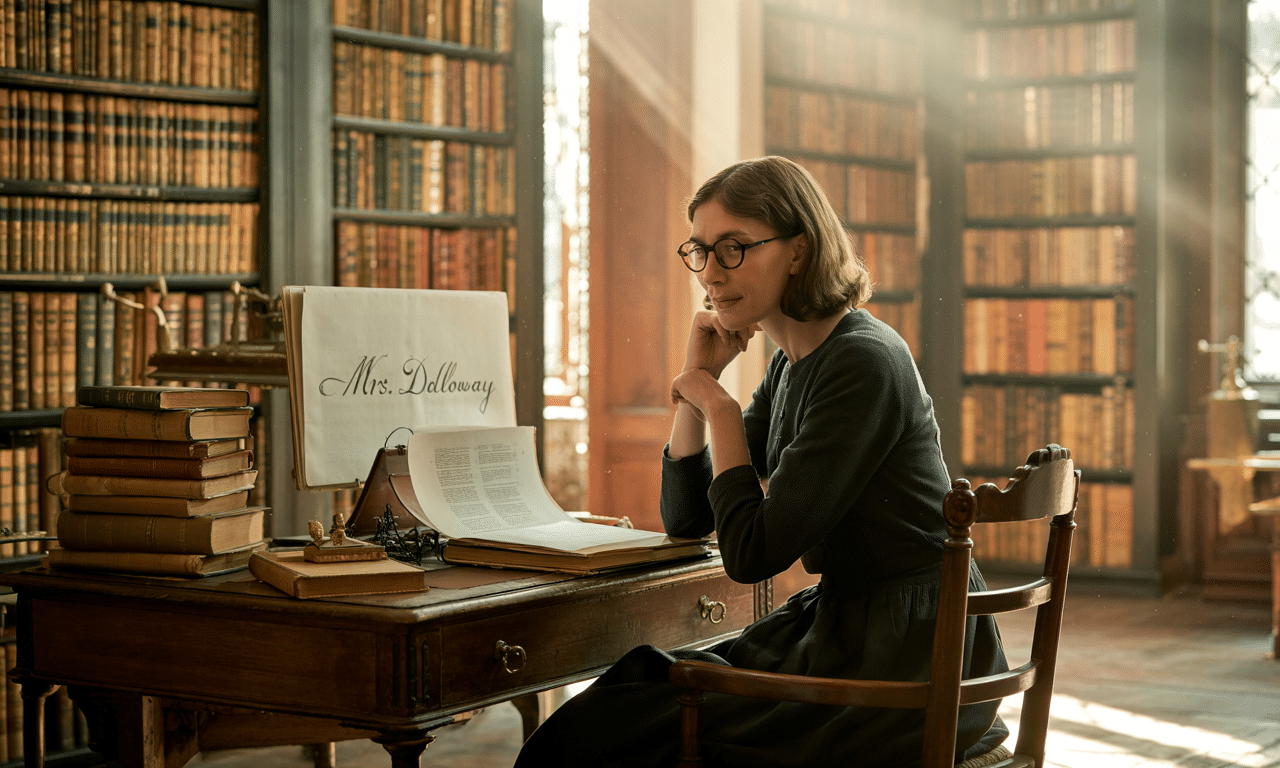Nonfictional Prose - 1 Chapter Notes | Crash Course for UGC NET English Literature PDF Download
Introduction
The unit introduces nonfiction writing and its various types and styles, aiming to provide a clear understanding of nonfiction while helping readers avoid unnecessary material for their targeted exam. It outlines the characteristics and significance of different forms of nonfiction, including biographies, autobiographies, memoirs, diaries, letters, testimonies, pamphlets, and travelogues. Additionally, the unit highlights examples of notable nonfiction works that often appear in exams and elaborates on the historical development of nonfiction writing. Life Stories
Life Stories
Understanding Fiction and Nonfiction
To grasp nonfiction, it is essential to understand fiction first. Fiction refers to stories or narratives that are entirely imaginary, featuring unreal characters, events, and sometimes settings. However, fiction is not always false. For instance, novels like Beloved, The Color Purple, Midnight’s Children, The Shadow Lines, Sea of Poppies, and Brick Lane use fictional elements to address real societal issues such as racial discrimination, the subjugation of women, the partition of India, and identity crises.
Non-Fiction Literature
Non-fiction literature encompasses a range of writings grounded in true and real-life experiences. It can be broadly categorized into two main types:
- Informational non-fiction: This category includes any writing that aims to inform or provide factual information.
- Literary non-fiction: This type is written in a style similar to fiction and includes elements such as characters, settings, and plots. However, in literary non-fiction, these elements are based on reality, even if imaginative techniques are used to create a compelling narrative.
 Literary Inspiration
Literary Inspiration
Types of Literary Non-Fiction
The primary objective of literary non-fiction is to convey truth while engaging the reader's interest. There are three main types of literary non-fiction:
- Biography: A comprehensive account of a person's life, detailing their experiences, achievements, and impact.
- Autobiography: A narrative in which an individual recounts their own life story, reflecting on their experiences and perspectives.
- Memoir: A collection of personal memories written by an individual, focusing on specific experiences or themes from their life.
Besides these, other forms of non-fiction writing include diaries, letters, articles, essays, and travelogues. While some non-fiction types may incorporate characters, events, and settings, they serve a different purpose compared to fiction. It's essential to recognize that fiction can depict stories with real elements, whereas non-fiction is concerned with actual people, histories, and events related to real lives.
The Distinctive Authorial Voice and Style in Nonfiction
One undeniable trait of nonfiction is the presence of a unique authorial voice and style. Even when the writer doesn't make a personal appearance, it's clear that a specific individual is behind the words. The nonfiction novel is a genre that portrays real historical figures, events, and incidents using fictional narrative techniques. For instance, Charles Dickens often infused historical context into his fictional works, incorporating autobiographical elements in novels like A Tale of Two Cities and David Copperfield. Many other authors employ a similar approach in their writing. Creative Nonfiction
Creative Nonfiction
Categories of Nonfiction Writing
Nonfiction writing is broadly divided into informal and literary nonfiction.
Informal Nonfiction : The primary goal of informal nonfiction is to offer readers insights into various aspects of society, including politics, religion, law, and order. This category encompasses writings such as:
- chronicles
- religious texts
- articles
- reports
- essays
Literary Nonfiction : Also known as creative nonfiction, literary nonfiction combines literary techniques with elements of fiction or poetry to explore real people, places, and events. This genre includes:
- travelogues
- biographies
- autobiographies
- memoirs
- interviews
Literary nonfiction is sometimes featured in magazines and journals such as The New Yorker, The Atlantic, Hippocampus Magazine, and Kenyon Review.
Key Features of Nonfiction
- Nonfiction writings revolve around real individuals, locations, and occurrences.
Characteristics of Nonfiction Writing
Reality and Imagination
- Nonfiction writing is based on true and real stories.
- The information presented in nonfiction must be factual and accurate.
- Nonfiction is considered true and real because it deals with actual people, history, and events. However, the relationship between nonfiction and imagination is a topic of debate.
- Unlike fiction, nonfiction does not emphasize the creativity of its plot, themes, and characters, which makes it less popular among modernist writers.
- While literature often values imagination and figurative language, nonfiction focuses on simplicity, clarity, and directness.
- In fiction, the writer expects the reader to engage with and interpret the author’s message, whereas nonfiction aims to provide information straightforwardly.
- Understanding how readers will use the nonfiction work and their prior knowledge of the topic is crucial for effective writing in this genre.
- Even though nonfiction claims to be true, it often needs to persuade readers to accept its ideas, requiring a balanced and informed argument.
- The distinction between fiction and nonfiction can be blurry, especially in biographies.
- Virginia Woolf highlighted the challenge of biographical writing, where the goal is to combine the solid truth of facts with the intangible nature of personality, making it a difficult task for most biographers.
 True Narratives
True Narratives
Nonfiction Writing Modes and Types
Modes of Writing Nonfiction
The Descriptive Mode
In descriptive nonfiction, authors use figurative and metaphorical language to paint a vivid picture in the reader's mind. This mode, while often associated with fiction, can be effectively employed in nonfiction as well. When writers describe a person, place, or situation in detail, they engage the reader's imagination and help them visualize the scene.
Narrative Mode
Narrative nonfiction tells true stories about real people, events, and history. Typically written in the first person, this style is commonly found in longer works across various fields such as science, history, and sociology. In narrative writing, the author aims to not only convey information but also to create a story with characters, conflict, and settings.
- Examples: novels, biographies, autobiographies, memoirs, novellas, etc.
Types of Nonfiction
Biography
A biography is an objective account of someone's life written by someone other than the subject. It details the subject's birthplace, education, achievements, failures, and struggles. Biographers gather information from various sources such as letters, diaries, photographs, and interviews. Literary Portraits
Literary Portraits
Nonfictional Prose
Significant Biographers
Samuel Johnson (1709–1784)
- Johnson was a British critic, poet, playwright, essayist, editor, and biographer. He is best known for his Dictionary of the English Language and Lives of Most Prominent English Poets, along with other works like The Vanity of Human Wishes.
- In Lives of Most Prominent English Poets (1778) , Johnson provides short biographies of fifty-two English poets, organized by their date of death.
- An Account of the Life of Mr. Richard Savage, known as Life of Mr. Richard Savage (1744) , was Johnson's first major biography, offering a detailed look at the poet Richard Savage.
Virginia Woolf, a prominent English modernist writer, authored Roger Fry: A Biography, about her friend Roger Eliot Fry, who played a key role in introducing the post-impressionist movement to England and America. Fry was also a member of the influential Bloomsbury Group and was known as a scholar, critic, and artist.
James Boswell (1740–1795)
- A Scottish biographer and diarist, Boswell is best known for writing The Life of Samuel Johnson, a biography of his friend Samuel Johnson, which is regarded as one of the greatest biographies in the English language.
Autobiography
An autobiography is a detailed account of the author's life written by the author themselves. Unlike a biography, where someone else writes about the person's life, an autobiography is written in the first person, reflecting the author's own experiences, achievements, failures, and relationships.
- Typically, an autobiography starts with the author's childhood and follows a chronological order, covering various aspects of their life journey.
Famous Autobiographies
- Confessions of an English Opium-Eater is an autobiography by Thomas de Quincey, first published anonymously in 1821 in the London Magazine.
- Graham Greene's life is documented in two volumes:
- A Sort of Life (1971) gives insight into his childhood and development into a struggling novelist.
- Way to Escape (1980) covers his journey as a successful novelist.
- Mohandas K. Gandhi shares his experiences in his well-known autobiography The Story of My Experiment with Truth, originally written in Gujarati and later translated into English.
Memoir
- The term memoir comes from the French word mémoir, meaning 'memory or reminiscence. '
- A memoir is similar to an autobiography, as it is written by the person whose life is being recounted. However, a memoir focuses on specific events or periods in the author's life.
- A memoir captures both the emotional connections and the factual details of the author's experiences.
- Twelve Years a Slave by Solomon Northup is a poignant memoir that recounts his harrowing experience as a free black man who was kidnapped and sold into slavery.
- Other notable memoirs include Her Privates We by Frederic Manning, which offers a unique perspective on war, and If This Is a Man by Primo Levi, detailing his experiences in a concentration camp during the Holocaust.
 Nostalgic Paris
Nostalgic Paris
Famous Memoirs
- A Movable Feast (1964) is a memoir by Ernest Hemingway that reflects on his struggles as a journalist and writer in Paris during 1922.
- This memoir, published after his death, vividly describes his first marriage to Hadley Richardson and his relationships with the Lost Generation.
Memoirs
- George Orwell’s autobiography Down and Out in Paris and London (1933) is his memoir split into two parts, detailing the struggles of poverty in two major European cities. The book is written in a simple style aimed at a middle-class audience.
- I am Malala: The Girl Who Stood Up for Education and Was Shot by the Taliban is a memoir by Pakistani activist Malala Yousafzai, co-written with Christina Lamb.
- Black Boy is a memoir by the African American author Richard Wright.
- Dreams from My Father: A Story of Race and Inheritance is a memoir by former American president Barack Obama.
|
127 videos|64 docs
|
FAQs on Nonfictional Prose - 1 Chapter Notes - Crash Course for UGC NET English Literature
| 1. What are the main characteristics of nonfiction? |  |
| 2. How does biography differ from autobiography? |  |
| 3. What is the purpose of a memoir? |  |
| 4. What types of writing are considered nonfictional prose? |  |
| 5. Who are some significant biographers in literature? |  |
















